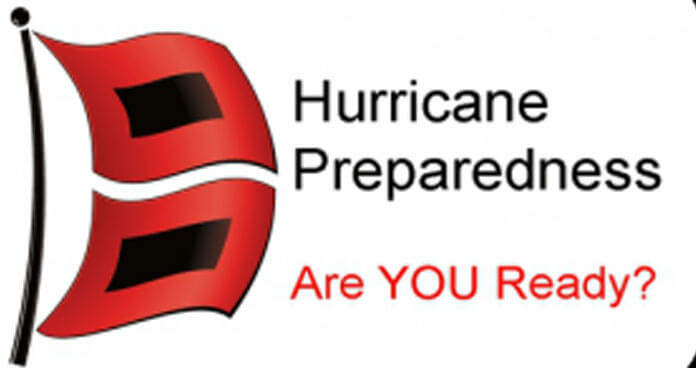BELIZE CITY, Monday, Sept. 8, 2020– “This is one of the most active seasonal forecasts that NOAA has produced in its 22-year history of hurricane outlooks,” the National Oceanic and Atmospheric Administration has stated. Belize is not a country unfamiliar with the wrath of tropical cyclones. We can recall a number of hurricanes that have ravaged our country over the years, the most damaging being Hurricane Hattie in 1961. The 2020 Hurricane Season is upon us from June to November, and currently, as we make our way through the second week of September, we are in the thick of the most active period of the season. Belize has had its first dry run with Hurricane Nana, which made landfall in southern Belize early on the morning of September 3, 2020.
This year’s hurricane preparedness response had to be adjusted, given the public health regulations mandated by the reality of the COVID-19 pandemic. As a result, the National Emergency Management Organization (NEMO), which is tasked with protecting the public (many of whom are mentally exhausted due to the pandemic and have less resources to make preparations for storms due to the economic hardships caused by the virus), made changes to its emergency plans in order to mainstream public health measures in the operationalization of those plans.
The COVID-19 protocols that were integrated into the emergency plans included protocols to minimize risks related to the virus in shelters as well as protocols for the entry of cargo and personnel into the country for relief purposes. In regards to the entry of cargo, the Immigration and Customs Departments must ensure that any cargo vehicles coming into Belize must remain at the border for sanitization. The towheads would then be hooked up to another locally owned/operated towhead so that the items can be delivered to the intended destination/recipient. No passengers are allowed to accompany the cargo, except the driver, who will be escorted by a customs guard in a separate vehicle to ensure that there is no stopping until the final destination is reached. Cargo vehicles can be in Belize for one day, only up to 6:00 p.m.
The foremost concern of the public was the minimization of risks of transmission of COVID-19 in the shelters and how social distancing would be managed during a storm. According to the protocol vetted by the Director of Health Services, all shelters will be assigned a Ministry of Health representative. The schools that are used as shelters shall accommodate ten persons or less per classroom, or the number of persons per classroom that can be accommodated while six feet of social distance is maintained between individuals and between families. Additionally, persons in these shelters must wear masks at all times.
Registration forms must include sections in which COVID-19 health status data can be inputted, and that data must be constantly reviewed by the Shelter Manager and the Ministry of Health rep for the shelter. Pictures may be taken for evidence. Persons showing signs of the flu, and who are coughing and sneezing, are not permitted to enter the general shelter area and will be directed to classrooms that must be kept empty for screening before quarantine transfer. At minimum, one or two of such classrooms must be designated for this purpose. It is also mandatory that COVID-19 flyers from the Ministry of Health be displayed in the shelter. The temperature of every person seeking refuge in the shelter must be taken before they enter the shelter and during their stay in the shelter. As an additional precaution, elderly persons and persons with underlying health conditions must not occupy the same space with younger persons of average health.
The shelter manager must monitor the surroundings and ensure that high standards of hygiene are upheld and that proper cough/sneeze etiquette is followed. The Ministry of Health (MoH) staff and/or authorized volunteers will conduct daily monitoring of shelters to detect persons who exhibit symptoms of illness. Hand washing/cleaning stations with cleaning supplies must be available to allow everyone to wash their hands with soap and water before entering and whilst in the shelter. At each shelter, there must be access to a five-(5) gallon backpack spray pump mixed with one (1) part Clorox to nine (9) parts water for cleaning before, during (at least twice), and after the shelterees depart. All shelter rules will be enforced: No pets, smoking or drinking etc., are allowed.
In an interview with Amandala, the Director of Health Services explained that he was concerned about possible risks of the transmission of COVID-19 that could result when persons seek shelter in municipalities such as Orange Walk and San Pedro that are known hotspots of community spread. He said that in the case of shelters, the registration mechanism which profiles each shelteree would act as a database containing information that could be used as a starting point in case the ministry had to initiate contact tracing after the storm.
Referring to the landfall of Hurricane Nana, he expressed relief that there was no need to open shelters up north, as the storm veered south — the area of the country that has been least affected by Belize’s surge in cases.

